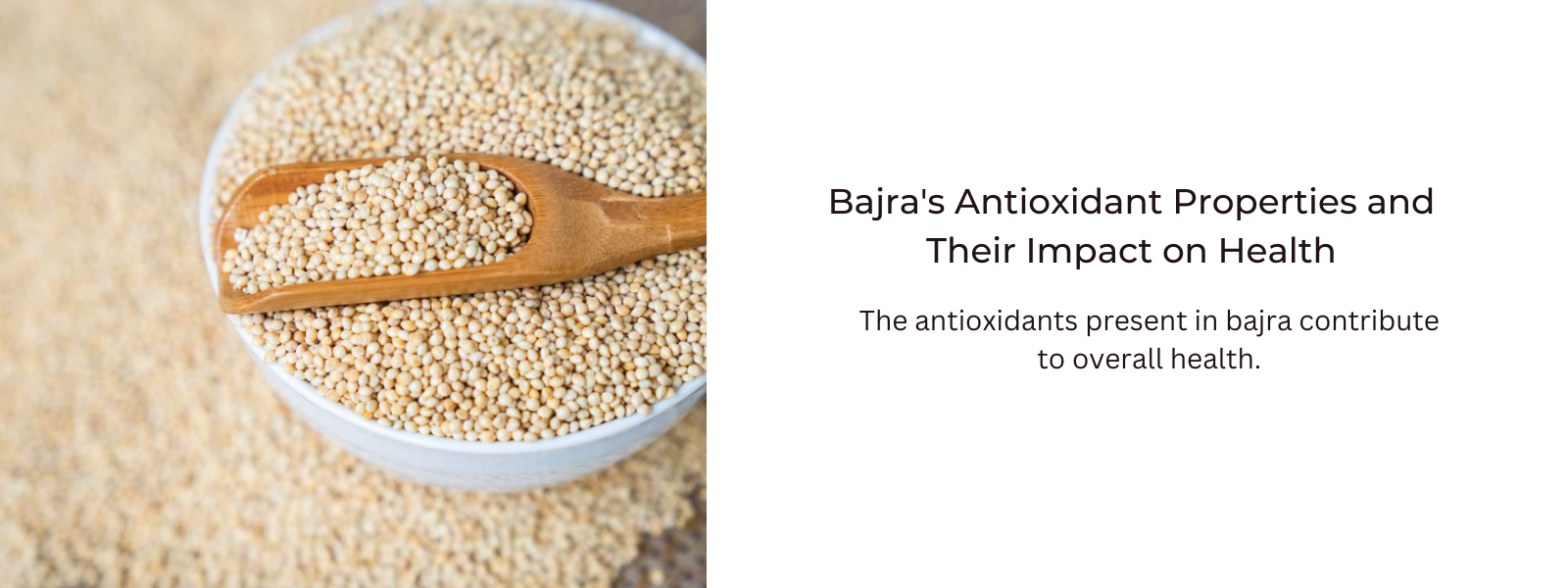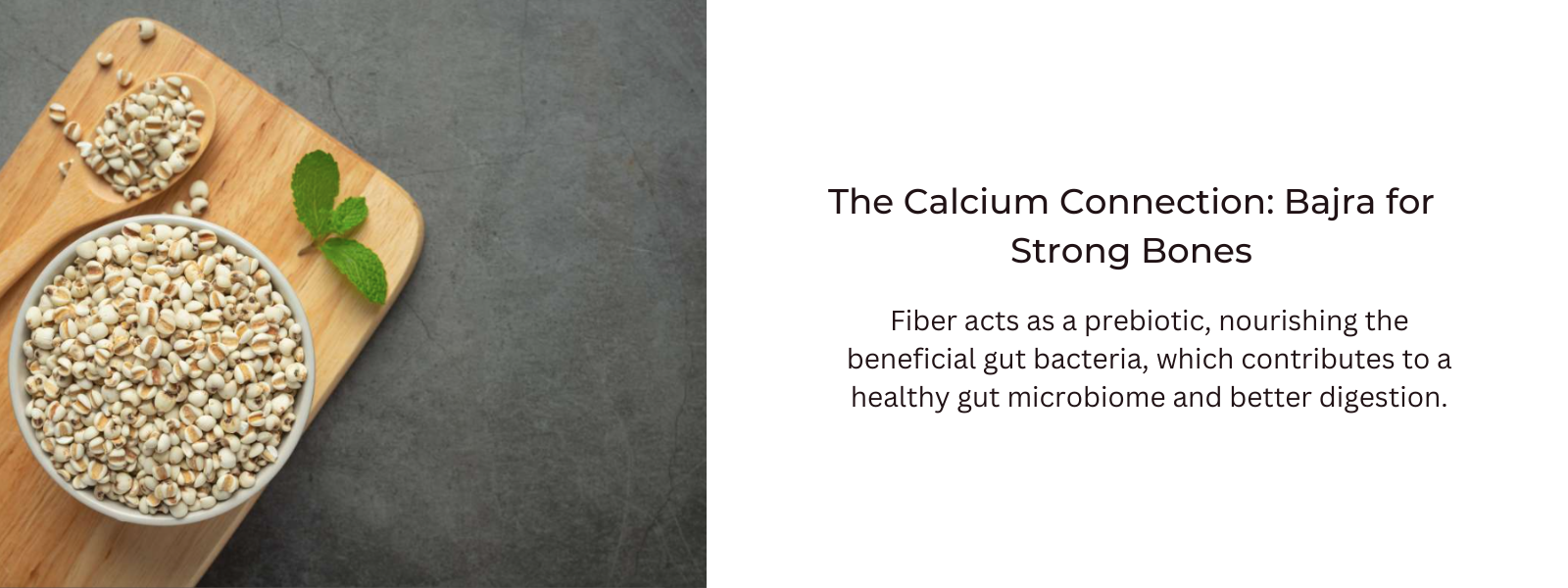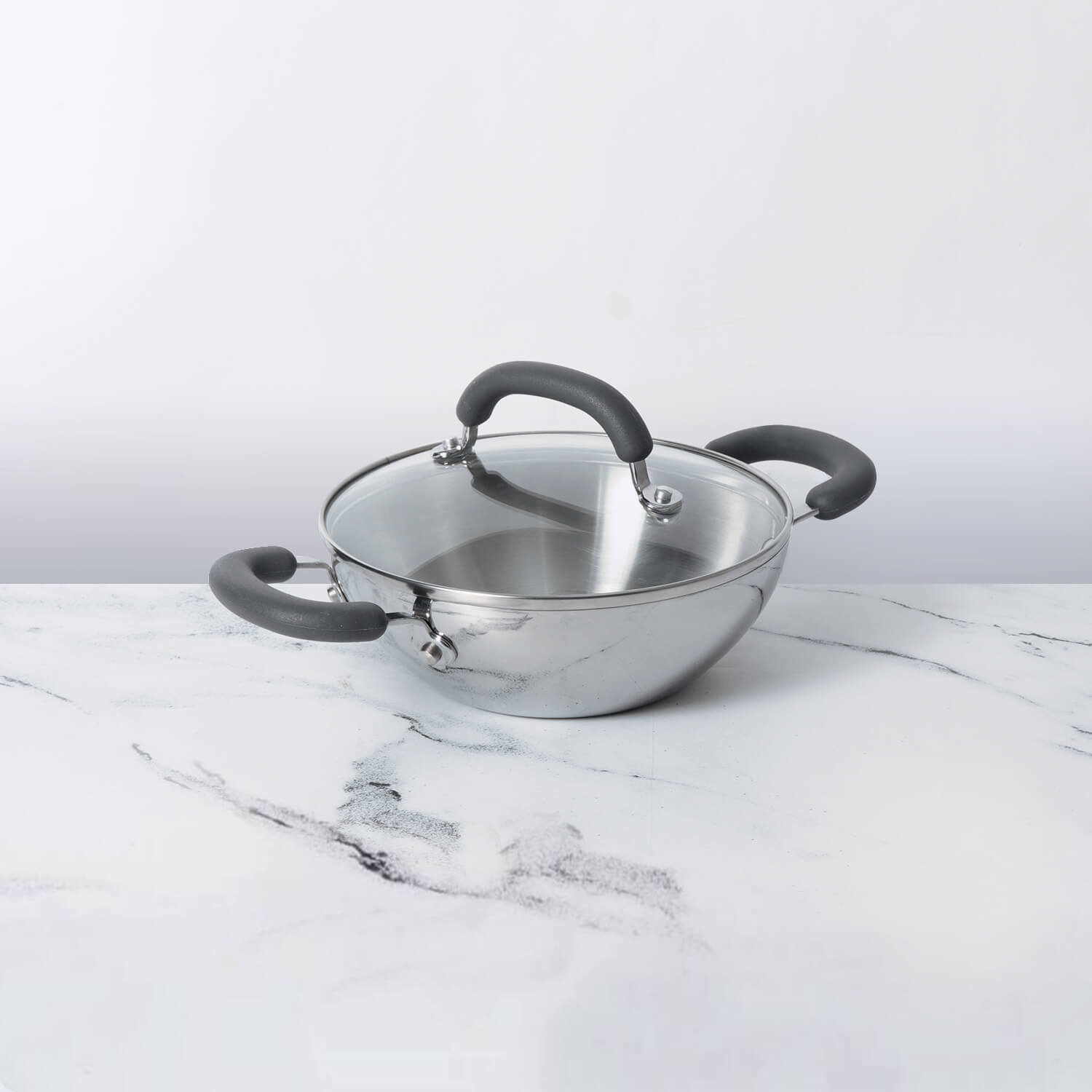Bajra, also known as pearl millet, is highly nutritious and offers various health benefits. It's packed with essential nutrients, making it a valuable addition to the diet. Bajra is rich in dietary fiber, aiding in digestion and promoting a healthy gut. Additionally, it contains essential minerals like iron, magnesium, phosphorus, and potassium, which are crucial for various bodily functions such as bone health, muscle function, and maintaining electrolyte balance. Bajra is also a good source of antioxidants and provides energy due to its carbohydrate content. Its gluten-free nature adds to its appeal, making it suitable for individuals with gluten sensitivities.
Table of Contents
What Is Bajra?
Bajra, also known as pearl millet, is a type of millet belonging to the Poaceae grass family. It's a cereal grain widely cultivated and consumed in several countries, including India, Africa, and parts of Southeast Asia. Bajra is renowned for its nutritional value and adaptability to arid and semi-arid regions with low soil fertility, making it a vital crop in regions with challenging agricultural conditions. This ancient grain is gluten-free and rich in nutrients like fiber, protein, minerals (such as iron, magnesium, phosphorus), and antioxidants, offering various health benefits and culinary versatility. Bajra is commonly used in dishes like flatbreads, porridges, pilafs, and other traditional cuisines across different cultures.
Bajra Is A Powerhouse Of Nutrition:
Bajra, commonly known as pearl millet, stands out as a nutrient-dense grain that contributes significantly to a healthy diet. This ancient grain is rich in essential nutrients, offering a myriad of health benefits. Packed with dietary fiber, Bajra aids in digestion, promotes satiety, and helps regulate blood sugar levels. Its impressive mineral content, including iron, magnesium, phosphorus, and potassium, supports bone health, muscle function, and overall vitality. Bajra's versatility allows for various culinary uses, from being ground into flour for flatbreads or porridges to being used in stews or as a rice substitute. Its gluten-free nature makes it suitable for individuals with gluten sensitivities, adding to its appeal as a wholesome and nutritious grain for a well-rounded and balanced diet.
Is Bajra A Healthy Grain?
Indeed, bajra, also known as pearl millet, is considered a healthy and nutritious grain. It offers several health benefits due to its nutrient-rich composition. Bajra is a good source of dietary fiber, aiding in digestion, promoting gut health, and assisting in weight management by providing a feeling of fullness. Additionally, it contains essential minerals such as iron, magnesium, phosphorus, and potassium, which contribute to bone health, muscle function, and overall vitality. Its low glycemic index and gluten-free nature also make it suitable for individuals with specific dietary requirements. Bajra's versatility in culinary applications further adds to its appeal, making it a beneficial addition to a balanced and healthy diet.
Bajra Roti Is A Staple Indian Food:
Bajra roti, a flatbread made from bajra flour (pearl millet flour), holds significant cultural and dietary importance, especially in regions like Punjab, India. It is a staple food commonly consumed in Punjabi households and throughout North India. Bajra roti is known for its nutritional value and is often considered a healthier alternative to wheat-based rotis. It's prepared by kneading bajra flour with water into a dough, which is then rolled out into round flatbreads and cooked on a griddle or tawa. This roti is gluten-free and rich in dietary fiber and minerals, offering a different texture and flavor compared to wheat-based rotis. It complements various dishes, especially during winter months, and holds cultural significance in Punjabi cuisine, being enjoyed with dishes like sarson ka saag (mustard greens) or accompanied by other vegetables, lentils, or dairy products.
Bajra Roti Is Mostly Eaten In Winter:
Bajra roti is commonly consumed during winter months in regions like North India, including Punjab. The reason behind this preference lies in its nutritional properties and the climatic conditions during winters. Bajra, being a warm-season crop, is harvested during the autumn season and is readily available during the colder months. It is believed that consuming warm foods like bajra roti helps in keeping the body warm and provides energy during the colder weather. Additionally, bajra is known to generate heat within the body, which is why it's favored during winter for its perceived ability to keep the body warm and provide essential nutrients in colder climates.
Bajra Roti And Sarson Saag Recipe:
To make Bajra Roti and Sarso Saag, you'll need:
For Bajra Roti: Ingredients:
- 1 cup bajra flour (pearl millet flour)
- Water (as needed for kneading)
- Salt (optional)
Instructions:
- In a mixing bowl, take bajra flour and gradually add water while kneading to form a firm dough. You can add a pinch of salt if desired.
- Divide the dough into small portions. Take one portion, roll it into a ball, and then flatten it slightly between your palms.
- Place the flattened dough ball on a clean surface. Use a rolling pin to roll it out into a round-shaped flatbread, about 6-7 inches in diameter. Dust with extra flour to prevent sticking.
- Heat a griddle or tawa over medium heat. Carefully place the rolled-out bajra roti onto the heated griddle.
- Cook the roti on both sides until small brown spots appear and it is cooked through. Apply a bit of ghee or butter on the roti if desired.
For Sarso Saag (Mustard Greens Curry): Ingredients:
- 500 grams mustard greens (sarso saag)
- 250 grams spinach
- 2-3 green chilies (as per spice preference)
- 1-inch piece of ginger, chopped
- 4-5 cloves of garlic, chopped
- 1 onion, chopped
- 2 tomatoes, chopped
- 1 teaspoon cumin seeds
- 1/2 teaspoon turmeric powder
- 1 teaspoon red chili powder (adjust to taste)
- Salt (to taste)
- 2 tablespoons ghee or oil
- Water (as needed)
- Optional: 1 tablespoon maize flour (makki ka atta)
Instructions:
- Clean and wash the mustard greens and spinach thoroughly. Chop them finely.
- Heat ghee or oil in a pan. Add cumin seeds and let them splutter.
- Add chopped onions, green chilies, ginger, and garlic. Sauté until onions turn golden brown.
- Add chopped tomatoes, turmeric powder, red chili powder, and salt. Cook until the tomatoes soften and the oil separates.
- Add the chopped mustard greens and spinach. Mix well and cook on medium heat. Add a little water if needed and cover the pan. Let it simmer until the greens are fully cooked and tender.
- Once cooked, use a hand blender or masher to blend the saag to your desired consistency. You can also add maize flour (makki ka atta) to thicken the saag.
- Serve the hot sarso saag with a dollop of butter or ghee on top, accompanied by the prepared bajra rotis.










Leave a comment